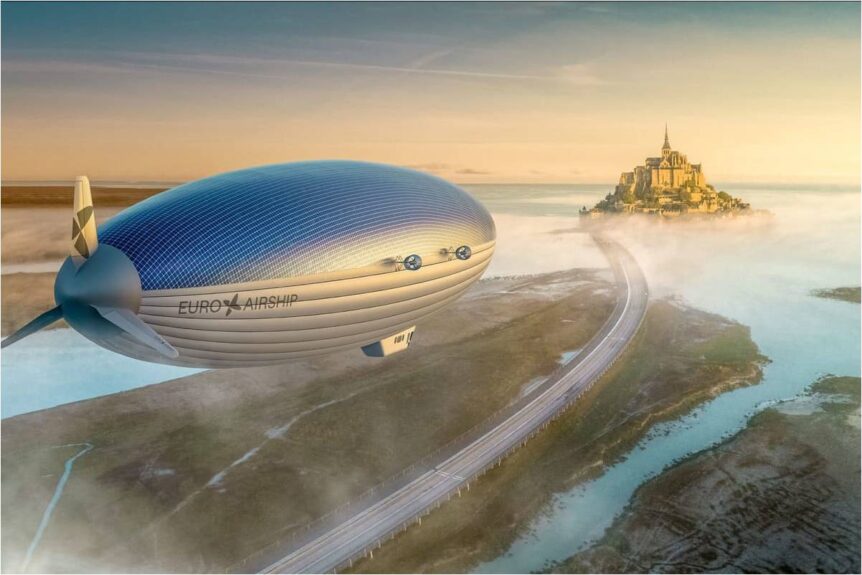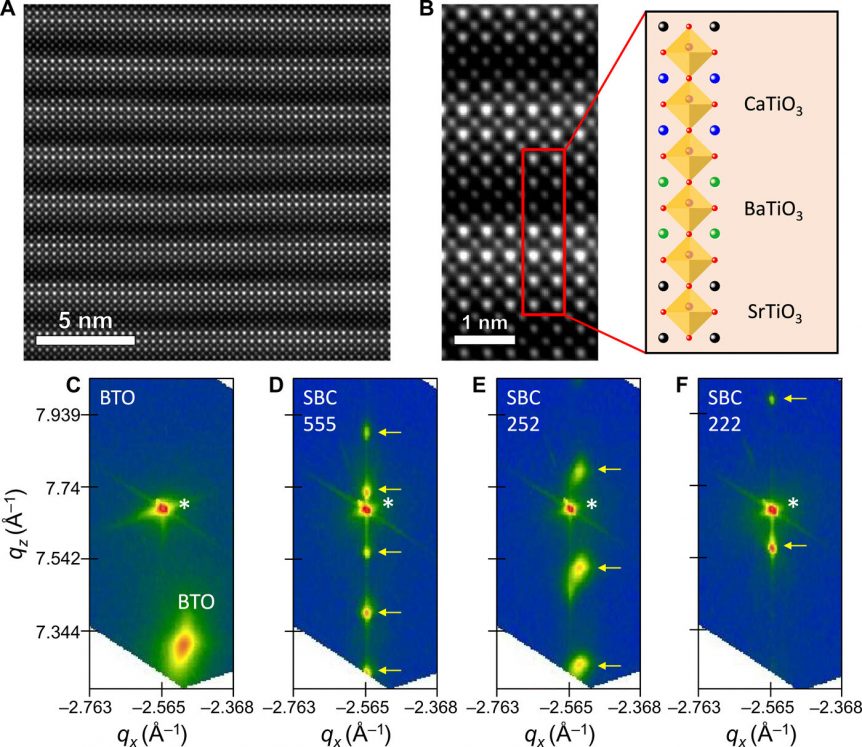Having circumnavigated the world by balloon and solar-powered aircraft, Bertrand Piccard is ready to make a third around-the-world flight – this time in Solar Airship One, powered by the sun and hydrogen fuel cells. Able to make the 40,000 kilometer (24,855 mile) trip in one gigantic hop, the 151 meters (495.4 feet) long craft will be borne aloft on 50,000 cubic meters (1,766,000 cubic feet) of helium. Unlike his lonely stints at the controls of Solar Impulse 2, Piccard will be joined by two worthy co-pilots; Dorine Bourneton, “The first disabled woman to become an aerobatic pilot (Bourneton was severely injured at age 16 in an aircraft accident) and Michel Tognini, a former French Air Force fighter pilot and European Space Agency astronaut (Tognini has been twice to space, in 1992 and 1999).” The Craft Its helium sealed in 15 large gas bags that emulate the shape of the airship, the ship carries 50,000 cubic meters (1.77 million cubic feet) …
The Layered Look in 1000x Solar Cells
We hear a lot about 10X batteries, but 1000X solar cells? Layering up may be stylish and even practical in the fashion world, and in solar cells may be a chance to unite otherwise dissimilar materials with otherwise limited light-to-electric conversion capabilities. That strategy produced solar cells with 1000x that. That’s what researchers at Martin Luther University Halle-Wittenberg (MLU) found when they created crystalline layers of layers of barium titanate (a mixed oxide of barium and titanium), strontium titanate and calcium titanate which they alternately placed on top of one another. Researchers found high increases in responses from the layered oxides because of higher permittivity – electrons able to flow more freely. The team’s paper, “Strongly enhanced and tunable photovoltaic effect in ferroelectric-paraelectric superlattices,” appears in the June 2 issue of the journal Science Advances. A Titanate Sandwich Barium titanate (BaTiO3 or BTO) is a “common ferroelectric material” used to manufacture electronic components such as capacitors. It is, “a popular …
Boeing Adds Solar Winglets to Its Solar High-Flyer
Despite having a wing, horizontal tail, and fuselage top full of solar cells, Solar Impulse 2 needs long days and short nights to make it through the dark periods between recharging. Even Eric and Irena Raymond’s SunSeeker Duo, a more practical machine, performs only day-long flights so far. Part of this is the nature of sunlight and solar cells, both of which are limited in small areas. Despite the fact that every hour, each square meter of the upper atmosphere receives 1.367kWh of solar energy, and National Geographic claims that “Every hour the sun beams onto Earth more than enough energy to satisfy global energy needs for an entire year,” it’s hard to harness that energy on a relatively small surface area. Solar cells at their best convert only a small percentage of the energy beamed onto them into usable current. On Solar Impulse 1, this was about 22.7 percent, according to Sunpower, the cell’s maker. Newer cells are reported …


